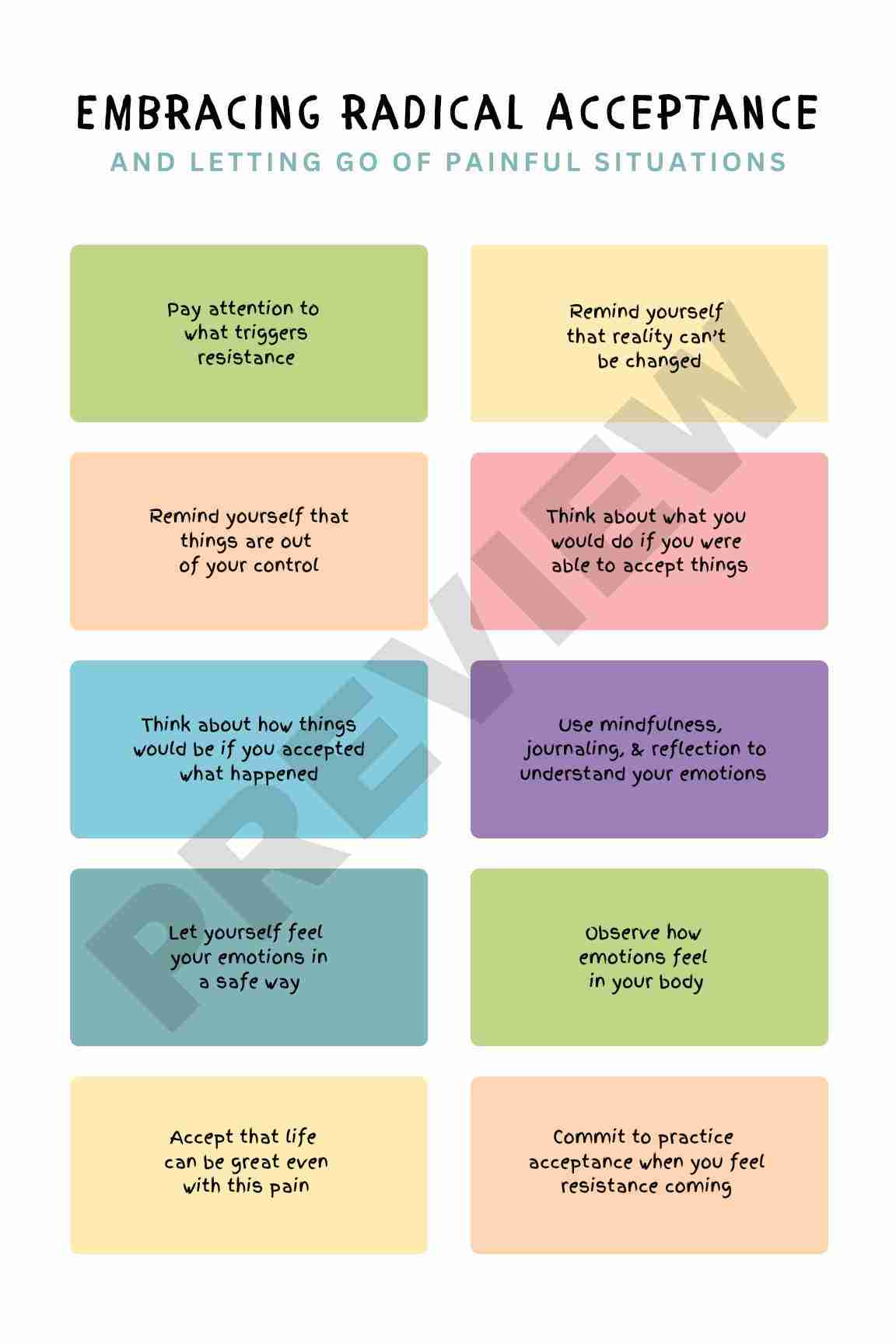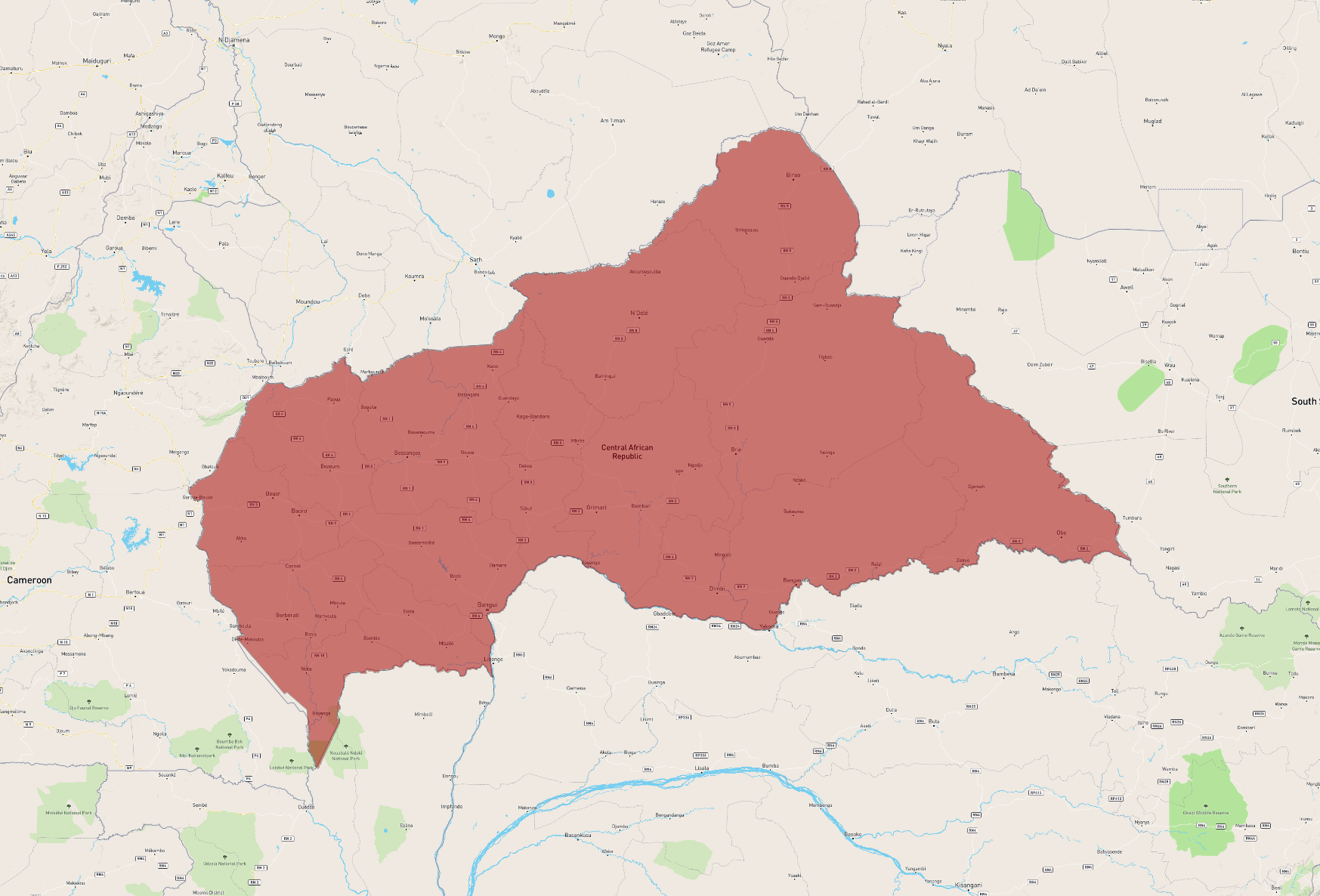Building A Supportive Community: 5 Strategies For Mental Health Acceptance

Table of Contents
Promote Open Dialogue and Reduce Stigma
Open communication is the cornerstone of any supportive community focused on mental health. Reducing stigma requires consistent effort and a commitment to fostering understanding.
Start Conversations
Encouraging open and honest discussions about mental health is paramount. This can be achieved through various initiatives:
- Organize workshops: Host interactive workshops focused on mental health awareness and understanding.
- Host informal talks: Create casual settings where individuals feel comfortable sharing their experiences.
- Share personal stories (with consent): Authentic narratives can break down barriers and build empathy. Always obtain consent before sharing someone's story.
- Use social media to spread awareness: Utilize platforms like Facebook, Instagram, and Twitter to share informative content and initiate conversations.
Using inclusive language is critical. Avoid judgmental or stigmatizing language. Focus on using person-first language (e.g., "person with depression" instead of "depressed person") and empathetic phrasing. Effective communication involves active listening and validating others' feelings.
Challenge Misconceptions
Addressing common misconceptions and tackling stigma head-on is essential. This requires providing accurate information and challenging harmful stereotypes.
- Share facts and statistics: Utilize data from reputable sources to counter misinformation.
- Highlight success stories: Showcase stories of recovery and resilience to inspire hope.
- Partner with mental health organizations: Collaborate with established organizations to leverage their expertise and resources.
Harmful stereotypes often portray individuals with mental illness as dangerous, unpredictable, or weak. Counter these narratives by highlighting the diversity of experiences and emphasizing the strength and resilience of individuals facing mental health challenges. Empathy and understanding are crucial in dismantling these harmful misconceptions.
Create Safe and Inclusive Spaces
Building a supportive community requires creating environments where individuals feel safe to share their experiences without fear of judgment.
Establish Ground Rules
Clear expectations for respectful communication and behavior are vital for creating a safe space.
- Develop a code of conduct: Outline clear guidelines for respectful interactions, both online and offline.
- Provide resources for conflict resolution: Offer mediation or other conflict-resolution strategies.
- Actively monitor online and offline interactions: Ensure that the community guidelines are enforced consistently.
These rules build trust, enabling vulnerable individuals to share their experiences openly. A sense of safety allows for deeper connections and fosters a more supportive environment.
Offer Accessible Resources
Readily available information and support services are crucial for community members.
- Link to relevant helplines: Provide easy access to crisis hotlines and support lines.
- Mental health websites: Share links to reputable mental health websites offering information and resources.
- Support groups: Connect individuals with peer support groups.
- Professional services: Provide information on accessing mental health professionals.
Accessibility must consider diverse populations, including language barriers, cultural sensitivities, and financial constraints. Providing resources in multiple languages and formats ensures inclusivity.
Foster Empathy and Understanding Through Education
Educating community members about mental health is crucial for fostering empathy and reducing stigma.
Educate Community Members
Offer educational opportunities to increase mental health literacy.
- Offer workshops, seminars, or online courses: Provide structured learning opportunities on mental health awareness.
- Invite mental health professionals to speak: Leverage the expertise of professionals to provide accurate and up-to-date information.
- Use relatable case studies: Present real-life examples to make the information more accessible.
- Provide interactive learning activities: Engage participants through interactive exercises and discussions.
Mental health literacy empowers individuals to understand, recognize, and respond effectively to mental health challenges. This knowledge is vital in building support and reducing stigma.
Promote Active Listening Skills
Effective listening is crucial for building supportive relationships.
- Highlight the importance of non-judgmental listening: Emphasize the need to listen without interrupting or offering unsolicited advice.
- Empathy and validation: Teach participants how to express empathy and validate others' feelings.
- Provide practical tips and role-playing scenarios: Offer practical tools and techniques for active listening.
These skills are vital for creating meaningful connections and offering genuine support to individuals struggling with their mental health.
Celebrate Strengths and Resilience
Celebrating strengths and resilience fosters a positive community environment.
Showcase Positive Stories
Highlighting stories of recovery and resilience promotes hope and inspiration.
- Feature interviews: Share inspiring stories from individuals who have overcome mental health challenges.
- Blog posts: Publish blog posts featuring personal stories of resilience.
- Videos: Create videos showcasing individuals sharing their experiences.
These narratives demonstrate the power of hope and the possibility of recovery, fostering a sense of community and shared experience.
Recognize Contributions
Acknowledging the contributions of individuals within the community strengthens the sense of belonging.
- Offer awards, certificates, or public recognition: Acknowledge the efforts of those working to promote mental health acceptance.
This fosters a culture of appreciation and encourages further engagement in building a supportive community.
Utilize Technology to Expand Reach and Support
Technology offers powerful tools for expanding reach and enhancing support networks.
Create Online Communities
Online platforms can connect individuals from diverse locations.
- Develop online forums, social media groups, or apps: Create spaces for virtual connection and support.
- Moderate discussions to ensure safety and inclusivity: Implement measures to prevent harmful content and maintain a positive environment.
- Provide guidelines for online interactions: Set clear expectations for respectful communication online.
Technology can expand the reach of support, enabling individuals to connect with others who understand their experiences.
Use Technology for Education and Awareness
Leverage technology to disseminate information and raise awareness.
- Share infographics, videos, articles, and other engaging content: Utilize various media formats to reach different audiences.
Different platforms offer unique opportunities to reach specific demographics and tailor messaging for maximum impact.
Conclusion
Building a supportive community focused on mental health acceptance involves a multi-faceted approach. By promoting open dialogue, creating safe spaces, fostering empathy through education, celebrating strengths and resilience, and utilizing technology effectively, we can create communities where everyone feels supported and understood. Start building a more supportive community today by implementing these strategies and promoting mental health acceptance within your own circles. Let's work together to create a world where everyone feels supported and understood. For more resources on mental health support and building community, visit [link to relevant resource 1] and [link to relevant resource 2].

Featured Posts
-
 How To Watch England Vs Spain Womens World Cup Final On Tv
May 02, 2025
How To Watch England Vs Spain Womens World Cup Final On Tv
May 02, 2025 -
 Orta Afrika Cumhuriyeti Ile Bae Ticaret Anlasmasi Imzaladi Detaylar
May 02, 2025
Orta Afrika Cumhuriyeti Ile Bae Ticaret Anlasmasi Imzaladi Detaylar
May 02, 2025 -
 Graeme Souness Choice The Best Premier League Player According To Him
May 02, 2025
Graeme Souness Choice The Best Premier League Player According To Him
May 02, 2025 -
 The Changing Face Of Christina Aguilera Fan Reactions And Analysis
May 02, 2025
The Changing Face Of Christina Aguilera Fan Reactions And Analysis
May 02, 2025 -
 Perspektivy Ekonomicheskogo Partnerstva Mezhdu Rossiey I Chekhiey
May 02, 2025
Perspektivy Ekonomicheskogo Partnerstva Mezhdu Rossiey I Chekhiey
May 02, 2025
Latest Posts
-
 Lee Anderson Celebrates Councillors Move To Reform
May 03, 2025
Lee Anderson Celebrates Councillors Move To Reform
May 03, 2025 -
 Councillors Defection To Reform A Major Blow For Labour
May 03, 2025
Councillors Defection To Reform A Major Blow For Labour
May 03, 2025 -
 Reform Party Gains Momentum Councillor Switches From Labour
May 03, 2025
Reform Party Gains Momentum Councillor Switches From Labour
May 03, 2025 -
 Labour Councillor Defects To Reform A Seismic Shift In Politics
May 03, 2025
Labour Councillor Defects To Reform A Seismic Shift In Politics
May 03, 2025 -
 Lee Anderson Welcomes Councillor Defection To Reform Party
May 03, 2025
Lee Anderson Welcomes Councillor Defection To Reform Party
May 03, 2025
